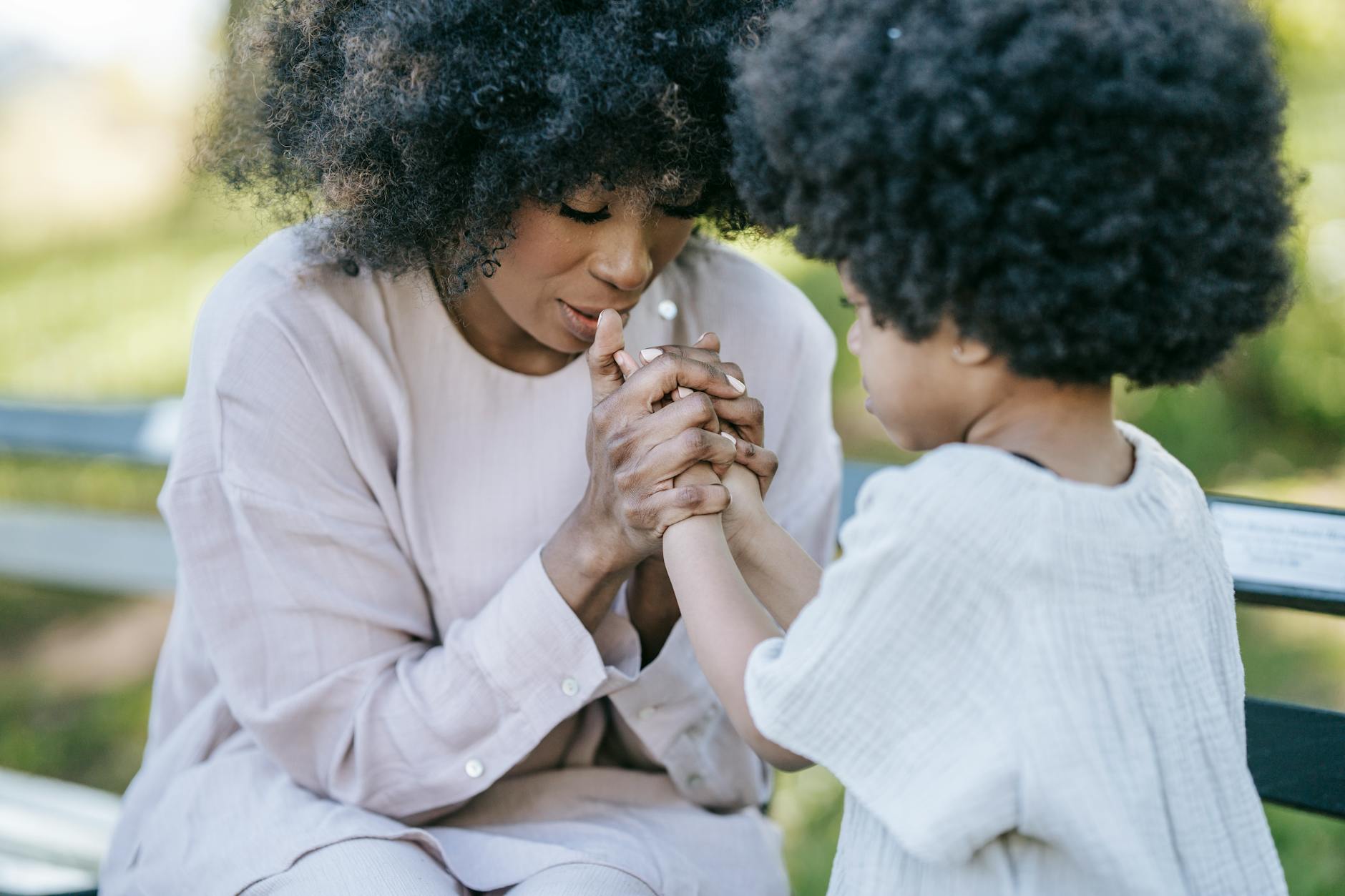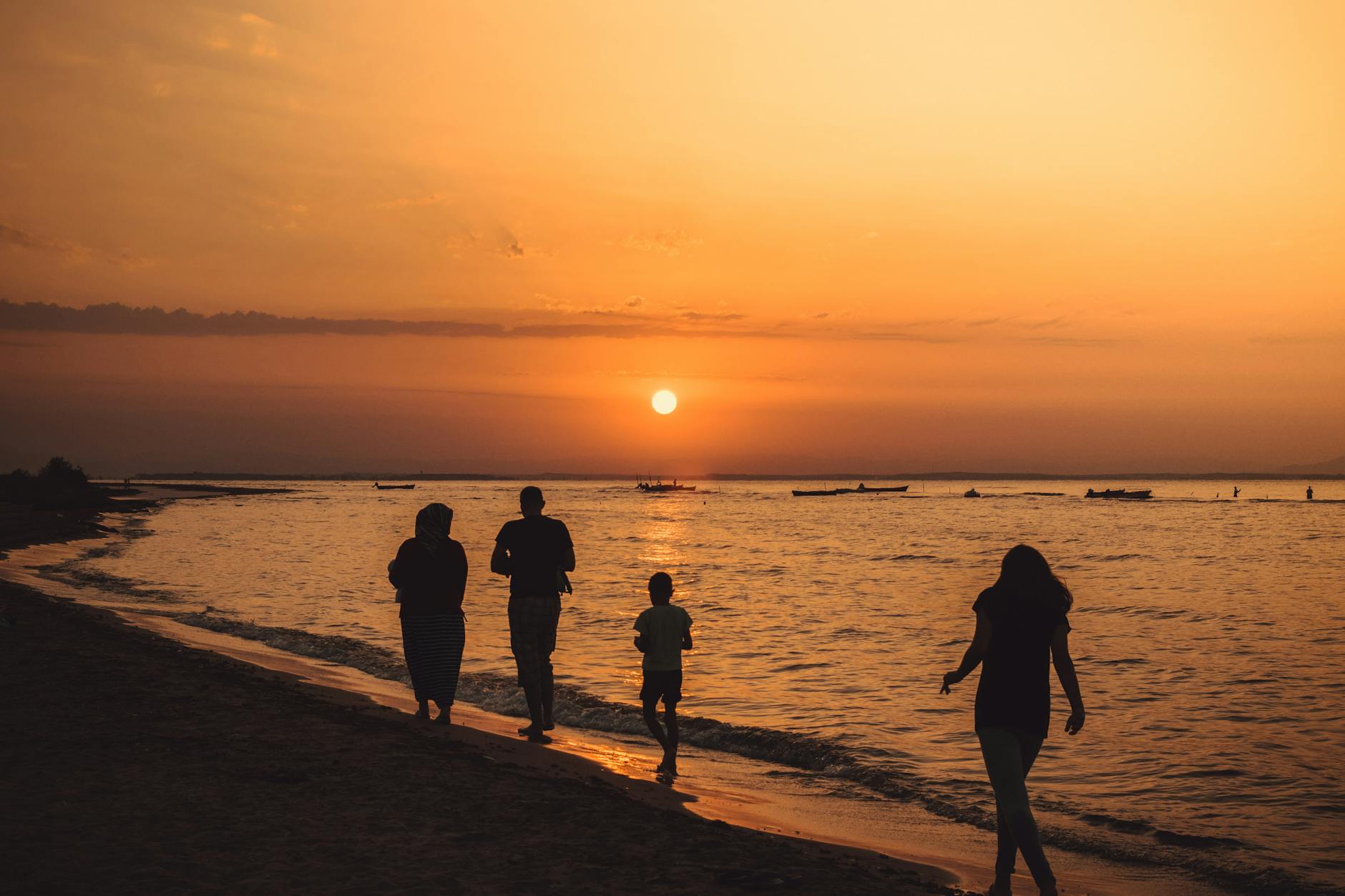The primary learning strategy for most things is observing, doing with a guide, and independently with repetition and feedback. How could someone learn to sew a button? Observe someone, do one myself with guidance, and do many more to perfect the skill. In a nutshell, that is parenting.
The next topic we glean from Paul’s letter to Timothy is prayer. Paul writes, “First of all, then, I urge that petitions, prayers, intercessions, and thanksgivings be made for everyone, for kings and all those who are in authority, so that we may lead a tranquil and quiet life in all godliness and dignity. This is good, and it pleases God our Savior, who wants everyone to be saved and to come to the knowledge of the truth.” (1 Timothy 2:1–4, CSB) How do we teach our children to pray, and how should they pray? That is today’s big question.
Let’s examine these verses before we get to the parenting side of things. Paul is presenting an attitude and a goal for our prayers. The attitude is being ready and able to pray in various ways for everyone, including those making our lives difficult. In this verse, Paul lists four kinds of prayer. Those are urgent pleading petitions, requests for intervention, prayers on behalf of others, and giving thanks to God for himself, someone, or something.
There are times when our prayers are urgently spoken. The crisis is now. The need is present, and the situation is dire. That could be anything from missing keys to a life-threatening emergency. Paul’s context is more than just our present emergencies; it is also those of others, including our leaders and government.
There are also times when the needs are not as urgent. It may be a chronic need that needs prayer. Those prayers have a persistent quality as they are expressed over time.
Other prayers do not directly involve us. We see or hear about something and stand in the gap through prayer. These prayers may be urgent or persistent depending on the need or conflict.
And finally, prayers of thanksgiving. Those are perhaps the hardest when thinking about our leaders and government, especially when we disagree with those in power. We often only consider the higher levels of government in this but should also consider praying for our schoolteachers, pastors, local government, church government, and parents.
The parenting side of this is living and modeling those prayers for our children. They need to see and hear us pray for the needs, conflicts, emergencies, and blessings of life. Our children need to listen to us plead to God when things are tough. They need to hear the persistence of prayer that doesn’t give up. They need to see us standing in the gap for them and for others because prayer is more than just about us. And to be thankful in some way for our leaders, even if we disagree with their direction.
The next step after observing you in prayer is to have them pray themselves as life situations occur. This goes beyond “bless daddy, mommy, and sister” to guide them to lean on God in all things. To pray when the schoolwork is stressful. To pray for the one that is bullying them. To pray when something is lost. To pray when something hurts. To pray when they see the needs of others. They will become prayer warriors by observing your prayers and praying alongside you.
- Mark: An Insignificant Seed - June 4, 2025
- Mark – Listen Carefully - June 2, 2025
- Mark: Consider the Sower - May 28, 2025




